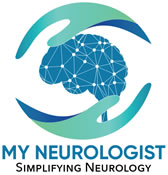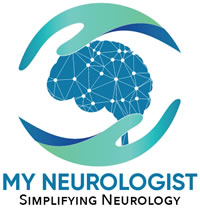The SDH is bleeding inside the head but outside of brain, in-between the brain and the skull. Brain is covered by three layers of tissues called meninges. Its outer layer is relatively thick and is called dura mater, or the dura. In SDH, blood accumulates under the dura and on top of the brain. It is caused by an injury to vein(s), not an artery, resulting in a relatively low-pressure bleed.
What is the cause of SDH?
The typical cause of SDH is a sudden head jolt that may shake the brain inside the skull. With sudden jolting of brain, the veins attached to its surface and the dura are injured by pressure or stretching, resulting in bleeding. This sudden jolt may happen by a fall or another form of head injury.
Who is at risk of SDH?
Older adults are at risk for this kind of bleeding. This is because there is not enough room for the brain to jolt inside the skull in young age, but as a person grows older, due to age-related shrinking of brain, there is more space for the brain to move or jolt. There may be other reasons putting some people more at risk, such as abnormal or weak blood vessels, or use of blood thinners.
What are the symptoms of SDH?
Like any other intracranial bleed, it depends upon its location and the size. A very small SDH may not have any symptom and might be incidentally discovered. Its common symptoms are headache, dizziness, unsteadiness, difficulty speaking, cognitive difficulties, or a seizure. Many times, symptoms are mild or subtle and it is diagnosed days to weeks after the injury.
How is SDH diagnosed?
It is diagnosed by brain imaging, either a head CT or an MRI. An MRI, if available, can be a better test to diagnose this condition, especially after a few days of injury.
How is SDH treated?
This depends upon its location and size, but more importantly its impact on the patient. As stated above, if it is small and not causing any pressure on the brain, no intervention is needed. On the other hand, if it is large enough to impact brain function, it can be surgically removed. The surgery for its removal can just be a bur-hole in the skull, or a craniotomy.
How is SDH prevented?
Some patients are prone to this type of bleeding. They should take precautions to avoid falling, or any contact sports or activities that may lead to head jolting.
What are the complications of SDH?
It may lead to chronic headaches, cognitive difficulties, chronic dizziness, imbalance, or seizure disorder.
What if someone requiring a strong blood thinner has SDH?
While blood thinner may increase the risk of bleeding, in some patients not taking a strong blood thinner may put them in a much higher risk. For example, without a strong blood thinner, patients with paroxysmal atrial fibrillation or a mechanical heart valve have a high risk of stroke. In such patients, blood thinners are stopped for a few days after injury causing SDH. At the same time, it is reasonable to carefully restart it to control the larger risk of stroke posed by their underlying conditions.
Where can I get more information about SDH?
American Academy of Neurology
American Association of Neurological surgeons


Leave a Reply
Your email is safe with us.
You must be logged in to post a comment.